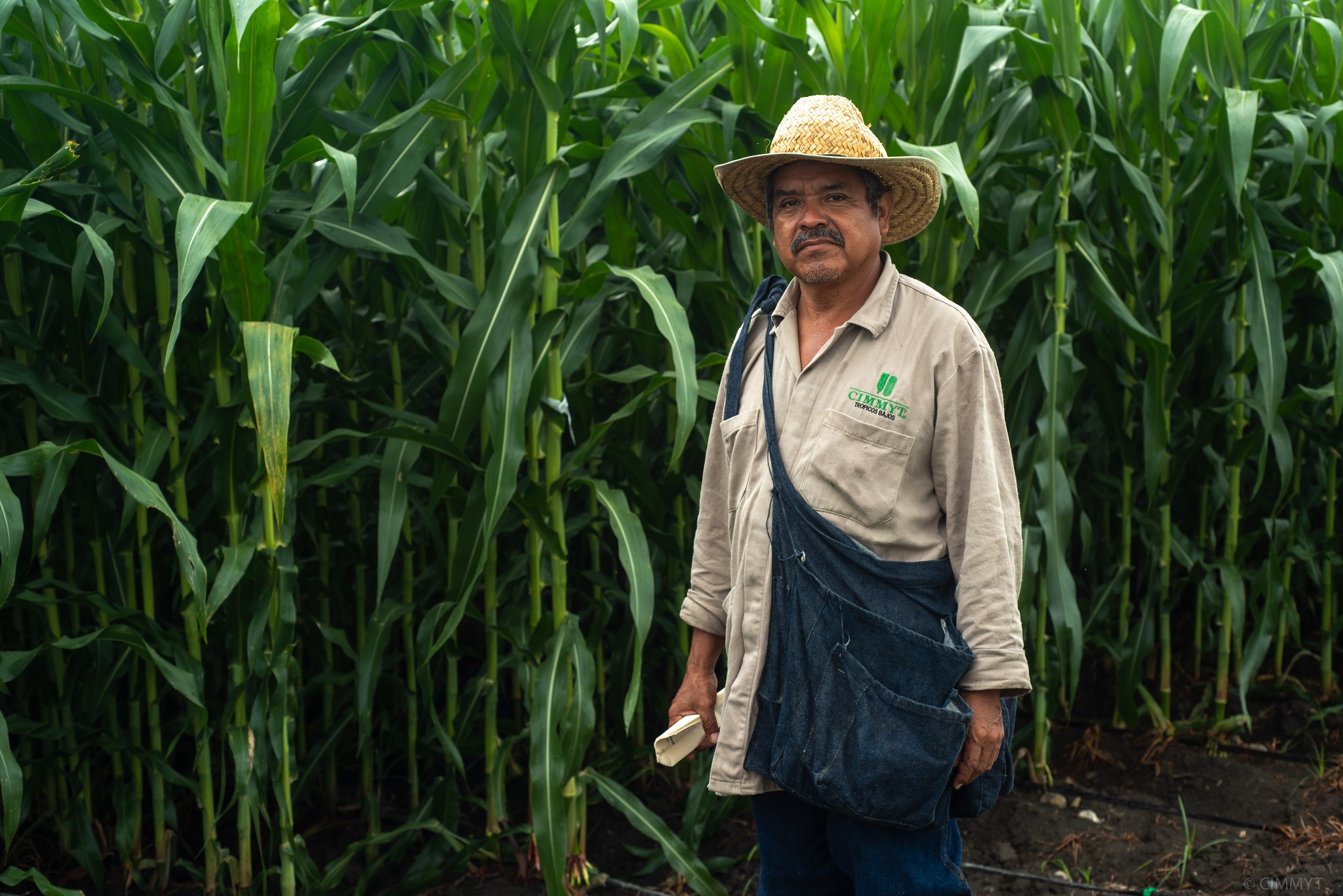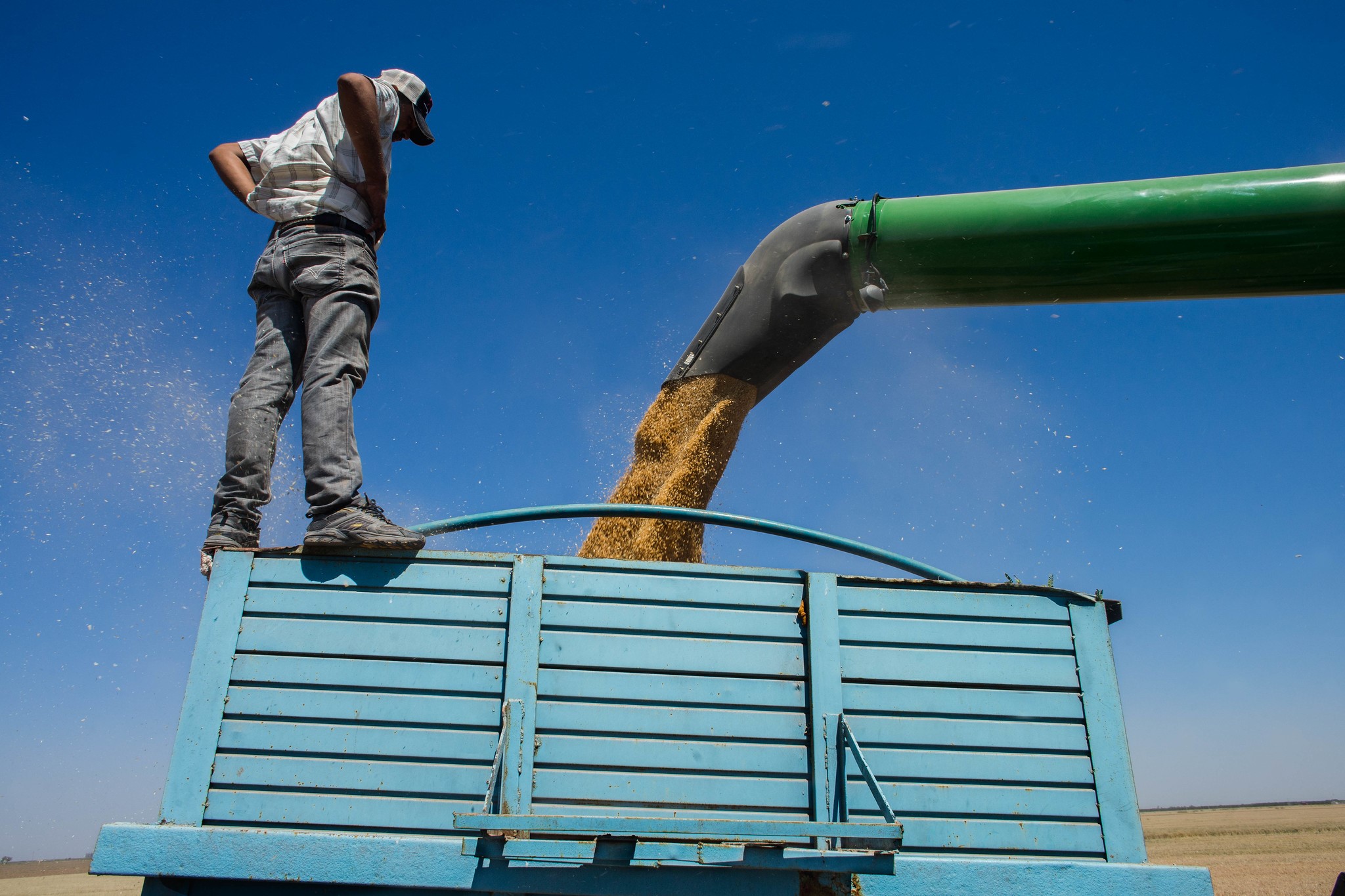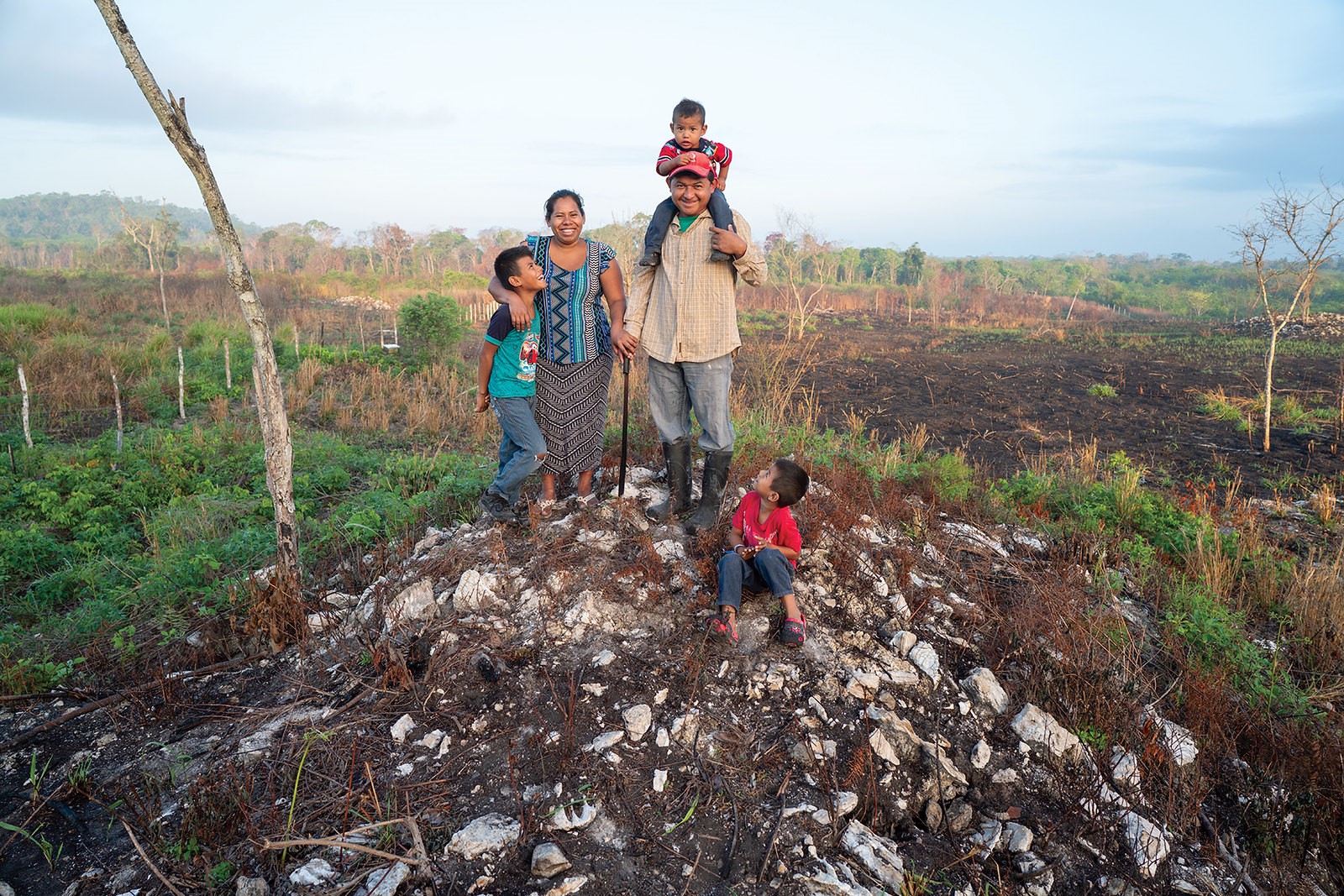Mexico
May 26, 2020
Mexico has always been there for CIMMYT.
Not only is it the origin of maize – one of CIMMYT’s focus crops – it also inspired the birth of its headquarters, which has served as the institute’s mothership since its establishment in 1966.
CIMMYT’s crop-breeding research begins with its genebank, a remarkable living catalog of genetic diversity comprising over 28,000 unique seed collections of maize and over 150,000 of wheat. The genebank was established at CIMMYT’s headquarters in 1986 and to date is the world’s largest and most diverse collection of maize and wheat. Like clockwork, every year, more than 1,500 maize and wheat seed shipments leave Mexico to reach as many as 800 recipients in over 100 countries.
In one way or another, the world’s maize and wheat have a link back to Mexico: be it through pest-resistance trials in the Agua Fria or Tlaltizapan hub or heat-resilient wheat trials in the scorching fields of Obregon. The country’s diverse ecosystems which allowed for Norman Borlaug’s shuttle breeding in the 1940s remain instrumental for today’s researchers’ work to develop innovative crops and sustainable farming systems worldwide.

Field worker bagging maize ears at CIMMYT’s Agua Fría experimental station. (Photo: CIMMYT/Alfonso Cortés)
CIMMYT has been working hand in hand with Mexico’s Secretariat of Agriculture and Rural Development (SADER) on MasAgro, a project that promotes the sustainable production of maize and wheat in Mexico.
In the conversation below, Martin Kropff, Director General of CIMMYT, and Bram Govaerts, CIMMYT Representative for the Americas and Director of the Integrated Development Program, explore topics such as Mexico’s food security and agriculture while COVID-19 disrupts the nation’s status quo.
Has the COVID-19 pandemic exposed any vulnerabilities in Mexican food security?
Kropff: Albeit Mexico produces a lot of food – in fact, I believe that it currently ranks 11th in food production globally – it still imports food from other countries, particularly staples such as maize, wheat and rice from the U.S. The current pandemic poses a threat to open trade, and Mexico could also be affected by trade restrictions that other countries impose to protect their people and internal markets from food shortages.
Govaerts: At the same time, the pandemic is reducing economic activities everywhere to minimum levels. This poses a threat to food production given that farmers and agricultural workers in Mexico, and most of the northern hemisphere, are just about to begin the growing spring/summer season. Mexico’s fields need to be prepared for sowing and farmers need certainty as they take risks by investing today for a harvest that will come within several months.
How is CIMMYT helping to reduce these vulnerabilities?
Govaerts: CIMMYT is working with Mexico’s Agriculture Department (SADER) and the private and social sector to address these threats.
Kropff: In fact, we see that Mexico is already answering to a CIMMYT-endorsed Call to Action For World Leaders, which was published on the Food and Land Use Coalition website. This call to action urges countries to implement three key measures to avert a global food crisis that could increase the number of people suffering from chronic hunger by millions: keep the supply of food flowing across the world; scale support to the most vulnerable; and invest in sustainable, resilient food systems.

Seed collection during the harvest at CIMMYT’s experimental station located in Cuidad Obregón, Sonora. (Photo: CIMMYT/Peter Lowe)
What is the role of CIMMYT’s collaboration with Mexican government bodies in this process?
Govaerts: In the fields there is potential to respond and avoid that today’s health crisis becomes tomorrow’s food crisis. CIMMYT is working with SADER and Mexico’s National Research System (INIFAP) to contribute to a stable supply of basic grains grown sustainably in Mexico by offering technical advice to the more than 300,000 farmers that participate in MasAgro, CIMMYT’s bilateral collaboration project with Mexico for sustainable maize and wheat production.
Currently, MasAgro technicians and extension agents are working with smallholder farmers in the center and south of the country to prepare soils for sowing, advising on optimal sowing densities and use of high-yielding improved varieties, agro-ecological pest management, fertilization, irrigation, among other activities that are essential to begin the crop production cycle in time.
Mexico and CIMMYT are also working with the agri-food sector to build farmers’ capacities to increase grain production sustainably and to sell the surplus to local and multi-national agri-food companies in Mexico. This is part of wider country plans which are called Maize for Mexico and Wheat for Mexico.
Kropff: These plans are very much in line with the call for governments to work with the philanthropic and private sectors to strengthen and scale out targeted food programs by linking them to foods that promote health and sustainable production. Currently we work with Nestlé, The Kellogg Company, Grupo Bimbo, and Walmart Foundation, among others, to create a pull from the market for sustainable agriculture for smallholder farmers. We call this sustainable sourcing.
How can we strengthen Mexico as a country of agricultural crops research and design activities?
Kropff: CIMMYT has been instrumental to public policy formulation in Mexico and has been positioned as one of Mexico’s most trusted partners over the past 10 years.
Govaerts: Exactly, and the numbers speak for themselves. As a result of the collaboration with more than 150 collaborators from the public, private and social sector, MasAgro has had a positive impact in the lives of more than 300 thousand farmers who have adopted conservation agriculture, improved seeds and sustainable farming technologies on more than 1 million hectares across Mexico.
Kropff: It would be great if Mexico continued investing in integrated development projects like MasAgro, and scaled out sustainable farming practices and technologies with innovative approaches like responsible local sourcing, which I mentioned just before while it promotes the replication of the MasAgro model in other countries.
 The Rodríguez family, milpa farmers, in Cristóbal Colón, Campeche. (Photo: CIMMYT/Peter Lowe)
The Rodríguez family, milpa farmers, in Cristóbal Colón, Campeche. (Photo: CIMMYT/Peter Lowe)
How can we strengthen farmer’s access to better crops and better farming techniques?
Kropff: It is imperative to CIMMYT to improve farmers’ economic opportunity. This cannot be done without essential ingredients such as access to markets, capacity development, technology, and inputs like seeds and fertilizer. And most importantly, better crops and farming technologies are worthless without the national agricultural research systems’ buy in and trust.
Govaerts: This is very much at the heart of what we do together with maize farmers in Mexico in MasAgro. CIMMYT breeds maize hybrids with conventional technologies and improves native maize seed in collaborative projects with farmers. Then this improved maize seed is tested in collaboration with the local seed sector that, in turn, commercializes the best adapted materials in Mexico’s growing regions. These seed companies are small and medium enterprises that generate economic development in the center and south of the country.
Kropff: Similarly, in a project that started in 2019 in eastern and southern Africa, we reach farmers in Malawi, and soon in Rwanda and Tanzania, with our improved seeds through small seed companies which play the key role of ‘connector’ in intricate and complicated markets which often are ignored by large seed companies. Then, CIMMYT researchers undertake varietal trials and track genetic gains in farmers’ fields and share the findings with the broader agricultural community.
What changes can we expect in the nation’s food supply chain management after COVID-19?
Kropff: All crises bring challenges and opportunities. I believe that Mexico could take this opportunity to make its supply and value chains more integrated, resilient and flexible.
Govaerts: Mexico can become the leader of innovation that integrates traditional and scientific knowledge.
What role does CIMMYT want to play in the future?
Kropff: I see CIMMYT working even closer to the farming communities but especially along the whole value chain with science and data towards improved decision-making.
Govaerts: CIMMYT can be a catalyst of integrated programs. We want to keep discovering and helping to implement new solutions for the world’s poor and food insecure and work toward achieving the Sustainable Development Goals.
Kropff: We have a lot of work to do.